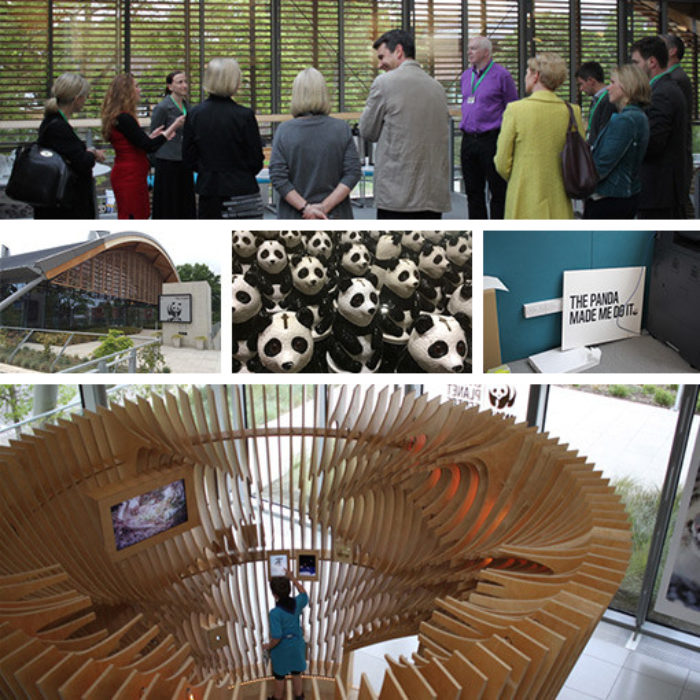Back to the futures: how to re-boot your strategy post-pandemic
Back to the futures: how to re-boot your strategy post-pandemic
“The most important thing I’ve learned since becoming CEO is context. It’s how your company fits in with the world and how you respond to it.” Jeff Immelt, Chairman and CEO, The General Electric Company.
If you are sailing a ship, you want to understand the weather.
We’ve learned from the Great Financial Crash of 2008/9 and the Pandemic of 2020 that unforeseen events can throw strategies up in the air. As the Scots poet Robert Burns said: “The best laid schemes o’ mice an’ men gang aft agley”.
Experience tells us that change is continuous, change can be dramatic, change is often beyond our ability to control, and change is often unpredictable. We know that context changes risk and opportunity, so it should probably be continuously on the radar of the Board and the Executive Team. And yet, how smart are we at reviewing context?
What we know
Businesses that weather the storm seek to understand the weather. Sure, it’s unpredictable. Ask Steve Ballmer. The former Microsoft CEO said this in 2007: “There’s no chance the iPhone is going to get any significant market share. No chance.”
In his book Super forecasting, political science writer Philip Tetlock notes: “There is no evidence that geopolitical or economic forecasters can predict anything ten years out”. Even a year out now looks unpredictable.
On the other hand, we’ve never had more information at our disposal to understand the world we live in.
We know about technological change. We know about population change. We know about different cultures (there’s even an online ethnographic atlas of over 1200 societies). We know about unforeseen extreme weather events. We know about unforeseen extreme economic events. We know about the probability of more pandemics. And we know about the potential movement of hundreds of millions of climate refugees across the planet, as they are forced to move by rising sea water, fires and storms.
We know all of this will affect our employees, our customers, our communities and our organisations. It will affect our profits, our competitors, our products and services, our behaviours and our plans.
What we can do
At the least, organisations that are ready for change do three things.
First, they get organised. They should have an in-house team with responsibility for continually reviewing context (beyond risk and governance). They should also have a Context Advisory Team of external reviewers continually updating context and probabilities.
Second, they understand that there are three types of future:
• The probable future if nothing changes; this is based on signals that we can see happening today
• Possible futures based on these signals that people can imagine (because bringing these futures to life makes it easier for people to see and hear and feel the future)
• The preferred future, which defines the kind of future that we do want.
Third, context is continually updated, not simply in advance of the next strategy review. Organisations have an emergency playbook for unforeseen storms, and those that are great at change don’t simply have flexible strategies, they are also great at activating them.
Tools for getting started
We’ve been developing thinking on ways of re-booting strategy in light of massively changing context. Not doing so risks plan continuation bias. We keep doing what we’re doing despite dramatic change. We’re developing new processes and tools, and evolving them following ‘shared wisdom’ sessions with clients and contacts.
Here’s one. It’s a Futures Checklist to check the accuracy of your current thinking about the way ahead. If you are ready for the future you can answer true to each of these statements:
Credibility: the source of the evidence drawn upon is credible True/false
Contrary: contrary views and a diversity of views are deliberately taken into account True/false
Context over time: the evidence considers trends over time True/false
Connections: a wide range of contextual issues are considered True/false
Customers: the evidence is based on a deep understanding of customers True/false
Competitors and best practice: evidence considers likely action from competitors and it considers best practice from any sector True/false
Methodology: in developing a picture of the probable future scientific methods are used True/false
Risk width: financial and non-financial risk is assessed True/false
Risk timeframe: short, medium and long-term risks are identified True/false
Opportunity: our strategy develops a priority list of opportunities
as a result of our analysis True/false
Uncertainties: uncertainties are identified True/false
The bottom line? If we don’t understand and plan for the weather, the ship can run aground.



